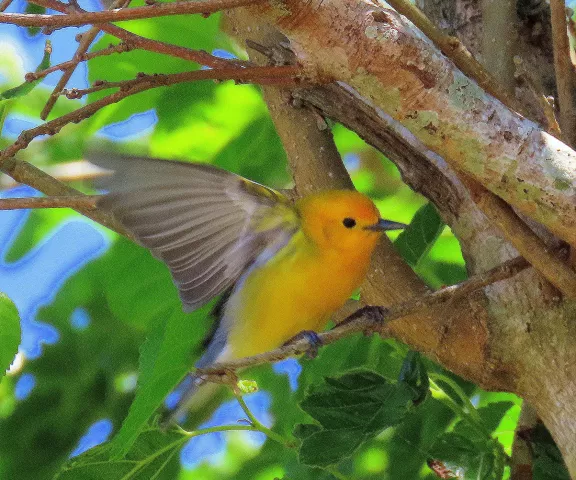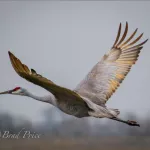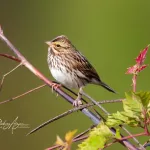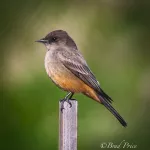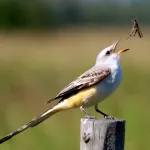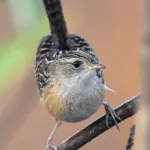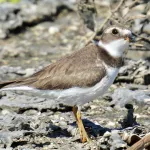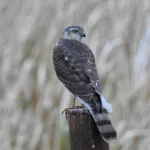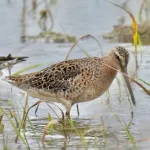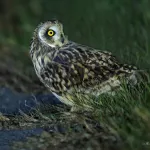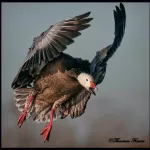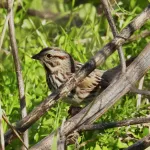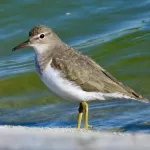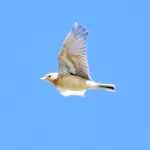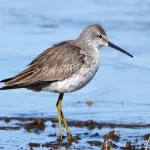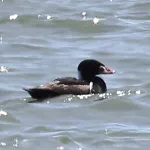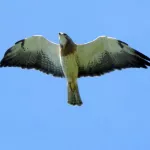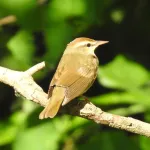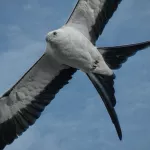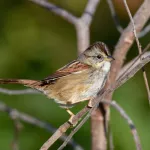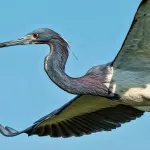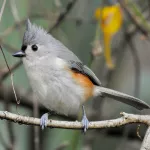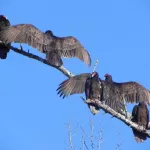Tensas River National Wildlife Refuge
Massive, primitive, woodsy, and watery are all appropriate descriptors for the Tensas River National Wildlife Refuge. Its bottomland hardwood forests contain over 400 species of birds, mammals, reptiles, amphibians, and fish. Nearly 200 species of birds alone have been recorded here.
The best birding introduction is along the raised boardwalk nature trail at the refuge headquarters. This trail traverses forest and ends at an observation deck overlooking managed wetlands. The wetlands and the open waters of the site's bayous, sloughs, and oxbow lakes host a range of wintering waterfowl. Some 17 species of geese and ducks have been recorded here, including Ross's and Cackling Geese, Hooded Merganser, Common Goldeneye, and the Common and Purple Gallinules. Wading bird activity is especially high during spring, summer, and fall, with many species of egrets, herons, and ibises.
Forested areas also host a robust, rotating year-round bird community, with spring/summer nesting species such as Yellow-billed Cuckoo, Ruby-throated Hummingbird, Red-shouldered Hawk, Acadian and Acadian and Great-crested Flycatchers, and Eastern Kingbird. Deep-forest nesting species include Yellow-throated and Red-eyed Vireos, Wood Thrush and Eastern Towhee. Nesting warbler species include Prothonotary, Swainson's, American Redstart, and Northern Parula. Nearctic forest birds that overwinter here include Sharp-shinned Hawk, Yellow-bellied Sapsucker, Blue-headed Vireo, and American Goldfinch. Woodland edges and grasslands host nesting Eastern Bluebird, Blue Grosbeak, Indigo and Painted Buntings, and Dickcissel.
Amenities include parking, directional/interpretive/identification signage, nature trails, and boat launches. Restrooms are available at the refuge headquarters.

